Jio’s Proposal for USO Subsidy to Achieve 2G-Free India

Jio’s Proposal for USO Subsidy to Achieve 2G-Free India
Reliance Jio, one of India’s leading telecommunications giants, has recently made a compelling case for the Universal Service Obligation (USO) subsidy to expedite the vision of a “2G-Mukt Bharat” or a 2G-free India.
This ambitious initiative aims to provide affordable and high-speed internet connectivity to every corner of the country, including remote and underserved areas.

In an ambitious move to leapfrog India’s telecommunication landscape, Reliance Jio Infocomm has advocated for a ‘2G-Mukt Bharat’, aiming for the complete eradication of 2G technology from the nation.
Central to this vision is Jio’s pitch for the Universal Service Obligation (USO) subsidy, a fund traditionally utilized to propagate basic telecom services across the country’s most remote areas. Here, we delve deeper into this proposal, its implications, and the path it sets for India.
Before we dissect the pitch itself, it’s crucial to understand the context. The Universal Service Obligation Fund (USOF) was established by the Government of India to ensure that telecom services are accessible to all Indians, regardless of their location. The fund primarily focuses on areas where the market-driven approach might not be viable, hence the need for subsidies to service providers.
Jio’s pitch is quite straightforward: redirect the USO subsidy to expedite the transition from 2G to more advanced network technologies. By doing so, Jio believes that it can accelerate the phasing out of outdated 2G technology, making way for a seamless 4G and 5G infrastructure across the country.

Despite India’s rapid progress in the field of telecommunications, there remains a significant digital divide in the country. A substantial portion of the population, particularly in rural and remote regions, still relies on 2G networks for their basic communication needs. While 2G networks served as a technological leap a few decades ago, they are now outdated and inadequate for modern requirements.
The limitations of 2G networks include slow data speeds, limited capacity for data-intensive applications, and an inability to support high-quality voice calls and multimedia content. This digital divide hinders economic development, limits access to education and healthcare, and creates a disparity in opportunities between urban and rural populations.
The Universal Service Obligation (USO) Fund was established by the Indian government to bridge the digital divide by providing subsidies for telecom infrastructure development in rural and remote areas. It is funded by contributions from telecom operators as a percentage of their revenue. The USO subsidy is crucial for extending telecommunication services to areas that are not financially viable for telecom companies to serve on their own.
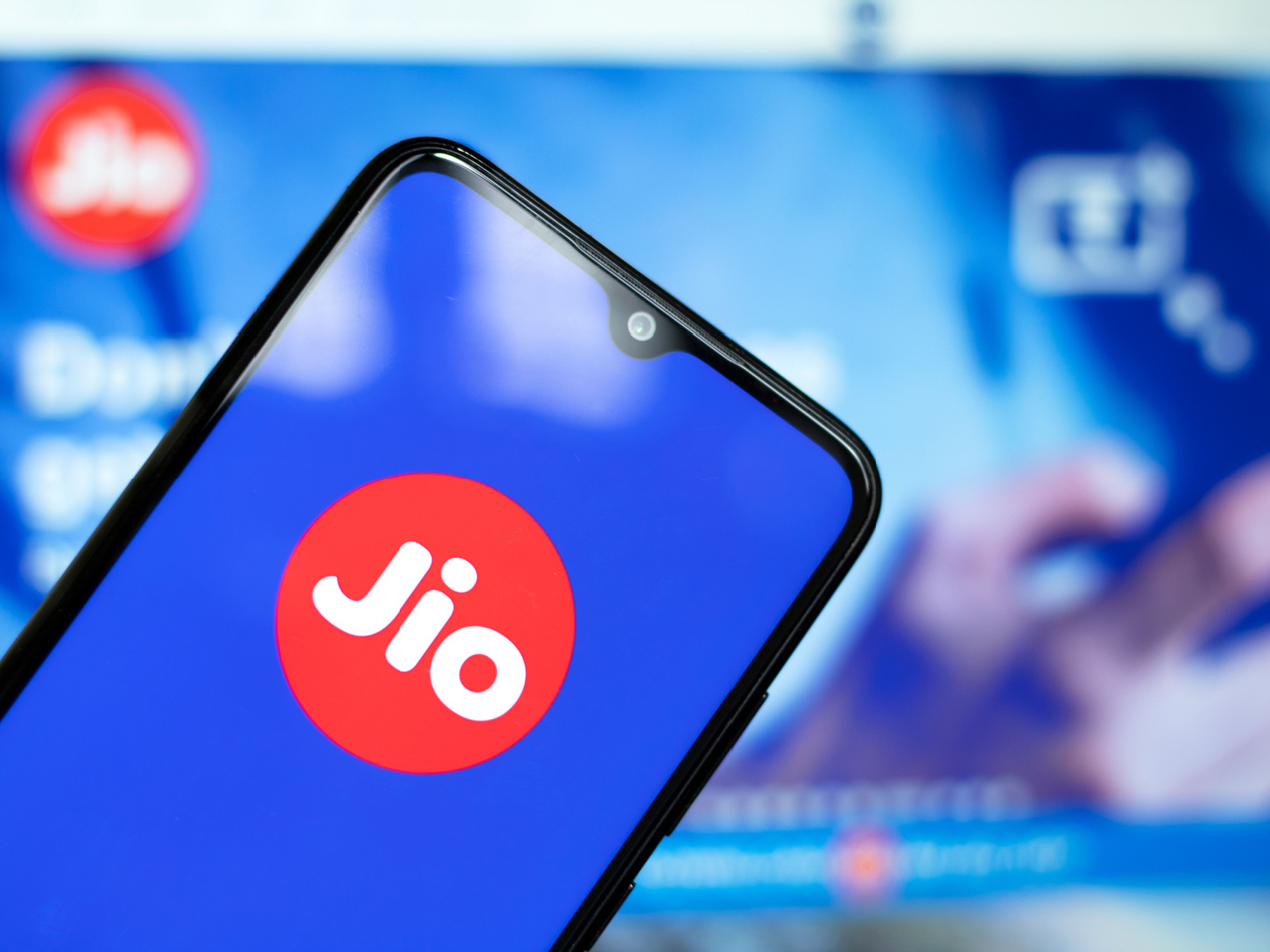
Jio’s proposal for a USO subsidy to accelerate the 2G-Mukt Bharat initiative is based on several key factors:
- Infrastructure Investment: Jio has a proven track record of investing heavily in building robust telecom infrastructure across India. They argue that with USO subsidies, they can expedite the deployment of high-speed 4G and 5G networks to underserved regions, replacing outdated 2G networks.
- Affordability: One of the primary goals of the 2G-Mukt Bharat initiative is to provide affordable connectivity to all. Jio’s entry into the market disrupted pricing norms, making data more affordable for millions of Indians. With USO support, they could further reduce prices and offer cost-effective data plans, making high-speed internet accessible to a broader demographic.
- Quality of Service: Jio emphasizes the importance of improving the quality of service in rural areas. By replacing 2G networks with 4G and 5G infrastructure, they can ensure that rural populations have access to high-quality voice and data services, opening up opportunities for e-learning, telemedicine, and e-commerce.
- Digital Inclusion: Jio’s proposal aligns with the Indian government’s vision of digital inclusion. Access to high-speed internet is no longer a luxury but a necessity for participation in the digital economy. Jio believes that with USO subsidies, they can contribute significantly to the government’s efforts to bridge the digital divide.
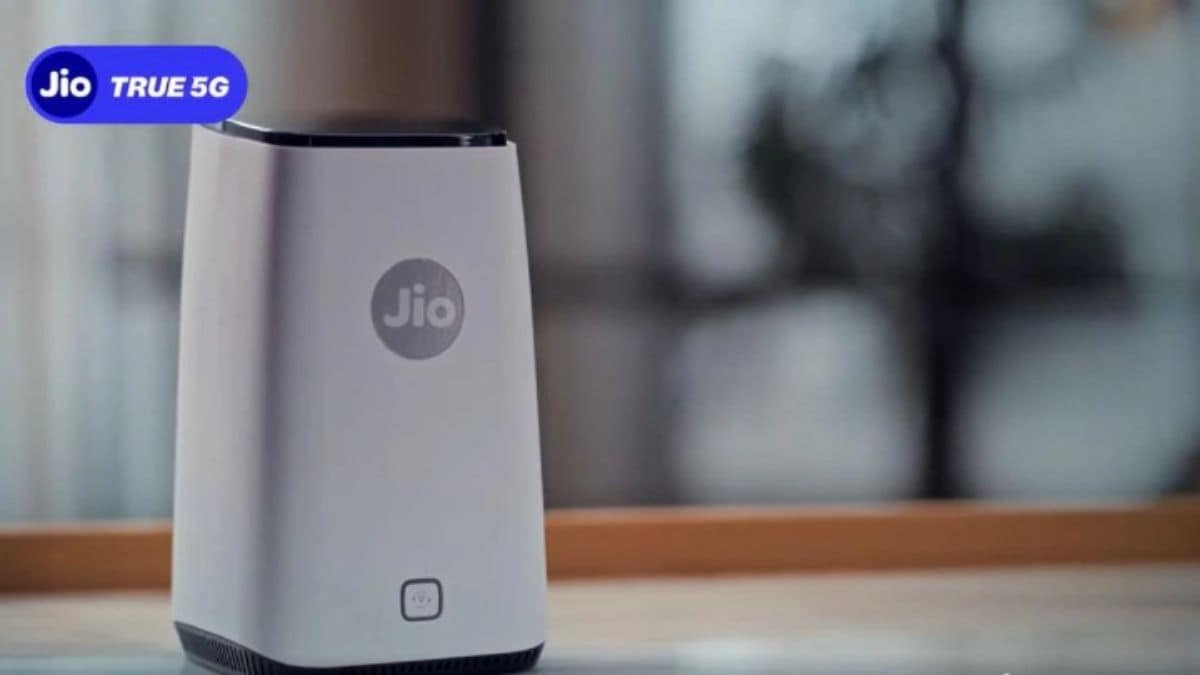
Jio’s pitch for USO subsidies for a 2G-Mukt Bharat has several potential benefits:
- Enhanced Connectivity: The deployment of modern telecom infrastructure will ensure that even remote and underserved areas have access to fast and reliable internet connectivity.
- Economic Development: Improved connectivity can stimulate economic growth by enabling e-commerce, digital payments, and online entrepreneurship in rural regions.
- Education and Healthcare: High-speed internet can revolutionize education and healthcare delivery in rural areas, offering access to online classes, telemedicine, and health information.
- Job Creation: Expanding the telecom network will create job opportunities in rural areas for network maintenance, customer support, and retail outlets.
- Government Initiatives: Jio’s proposal aligns with the Indian government’s Digital India and Make in India initiatives, furthering the country’s technological and economic growth.
As the world moves towards 5G, continuing with 2G puts India at a competitive disadvantage.
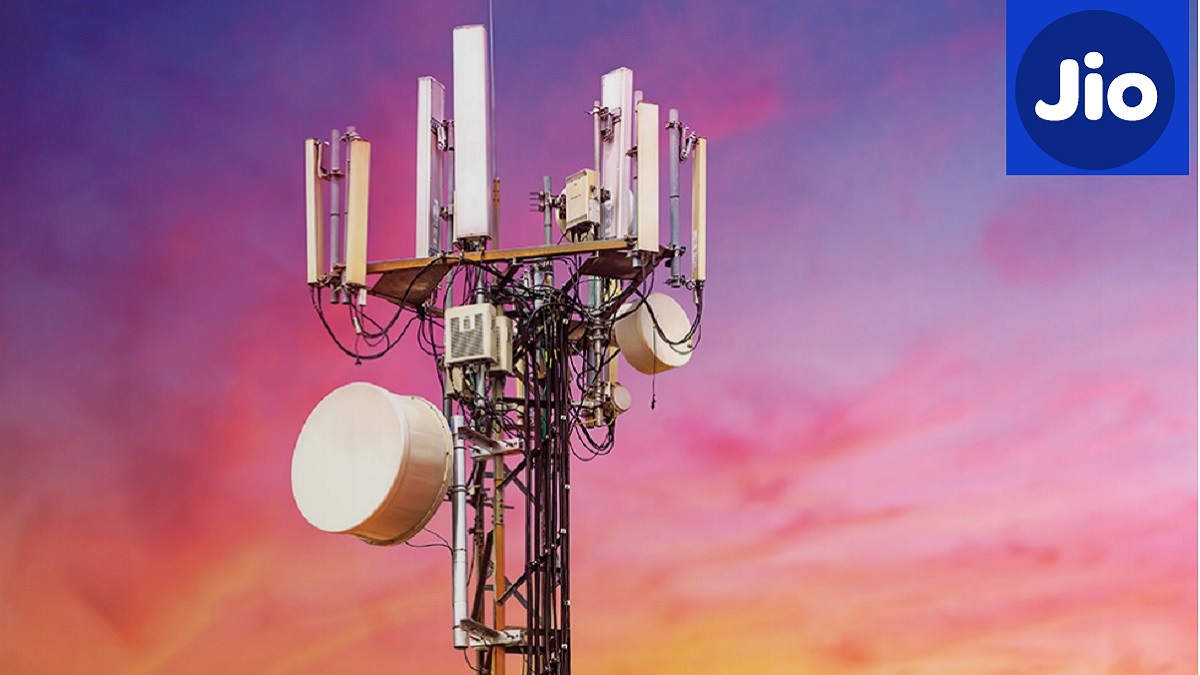
Holding onto 2G technology might perpetuate a digital divide where a segment of the population remains stuck with outdated, slow, and inefficient services.
Maintaining multiple network technologies simultaneously could be a strain on resources and investment. By focusing on advanced networks, telecom operators can provide better services at reduced costs.
By phasing out 2G, India could ensure that all its citizens enjoy high-speed internet connectivity, irrespective of their geographic location.
Enhanced connectivity invariably provides a thrust to the digital economy, potentially paving the way for numerous innovations and startups.
With the entire country on 4G/5G networks, the delivery of e-governance services and online education would become smoother and more effective.
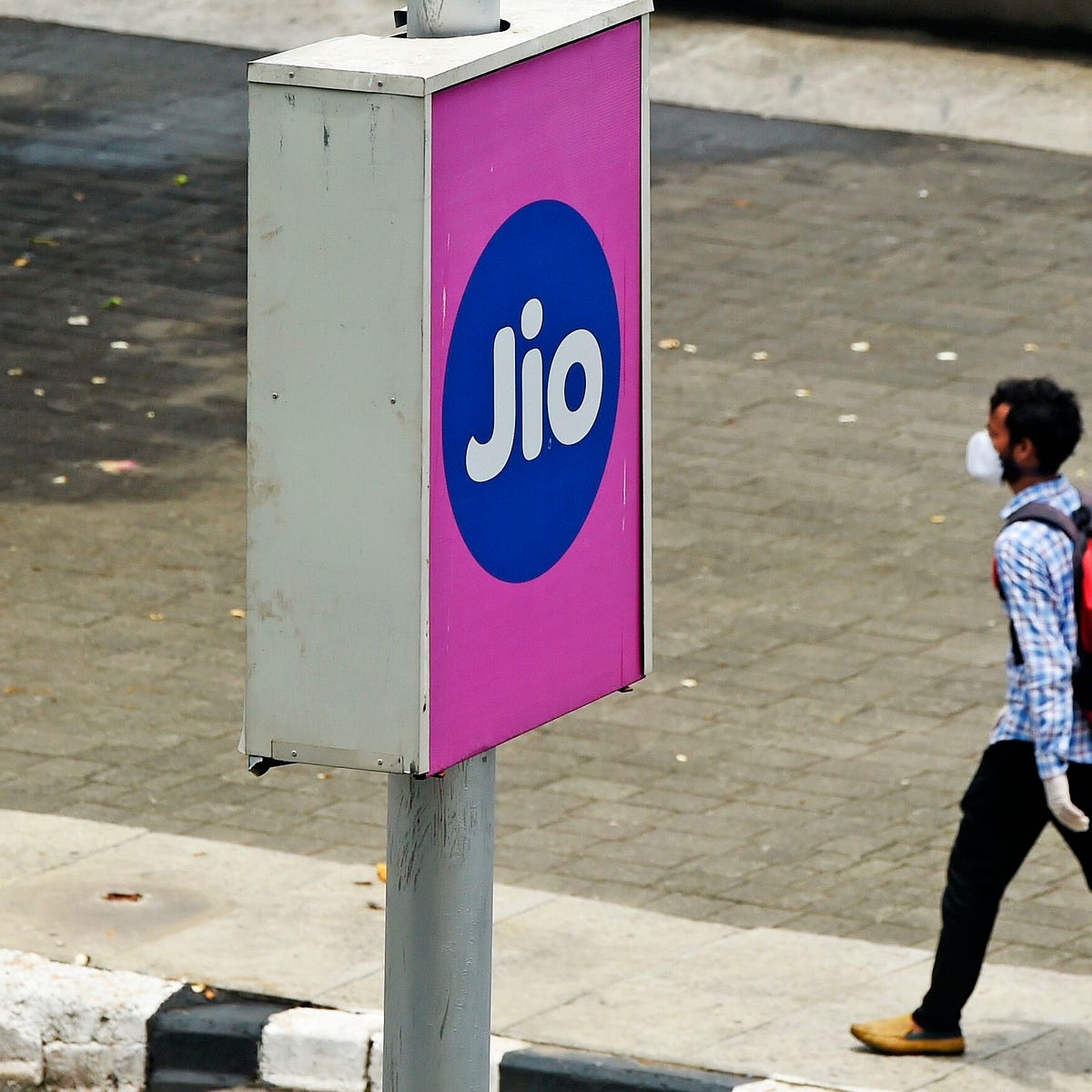
By focusing on modern technologies and infrastructure, it’s possible to implement more energy-efficient systems, contributing to environmental sustainability.
requires a massive overhaul of existing infrastructure, demanding significant time and investment.While 4G/5G promises better speeds and services, the initial cost for users might be prohibitive.
Other telecom operators might have reservations, especially if they’ve recently invested in 2G infrastructure or have a significant user base still reliant on 2G.
Jio’s call for USO subsidies to support the 2G-Mukt Bharat initiative is a timely and strategic move that aligns with India’s digital aspirations. By replacing outdated 2G networks with modern 4G and 5G infrastructure, Jio aims to bridge the digital divide, enhance connectivity, and promote economic development in underserved regions. If this proposal receives government backing, it could be a significant step toward realizing the vision of a digitally inclusive and empowered India.
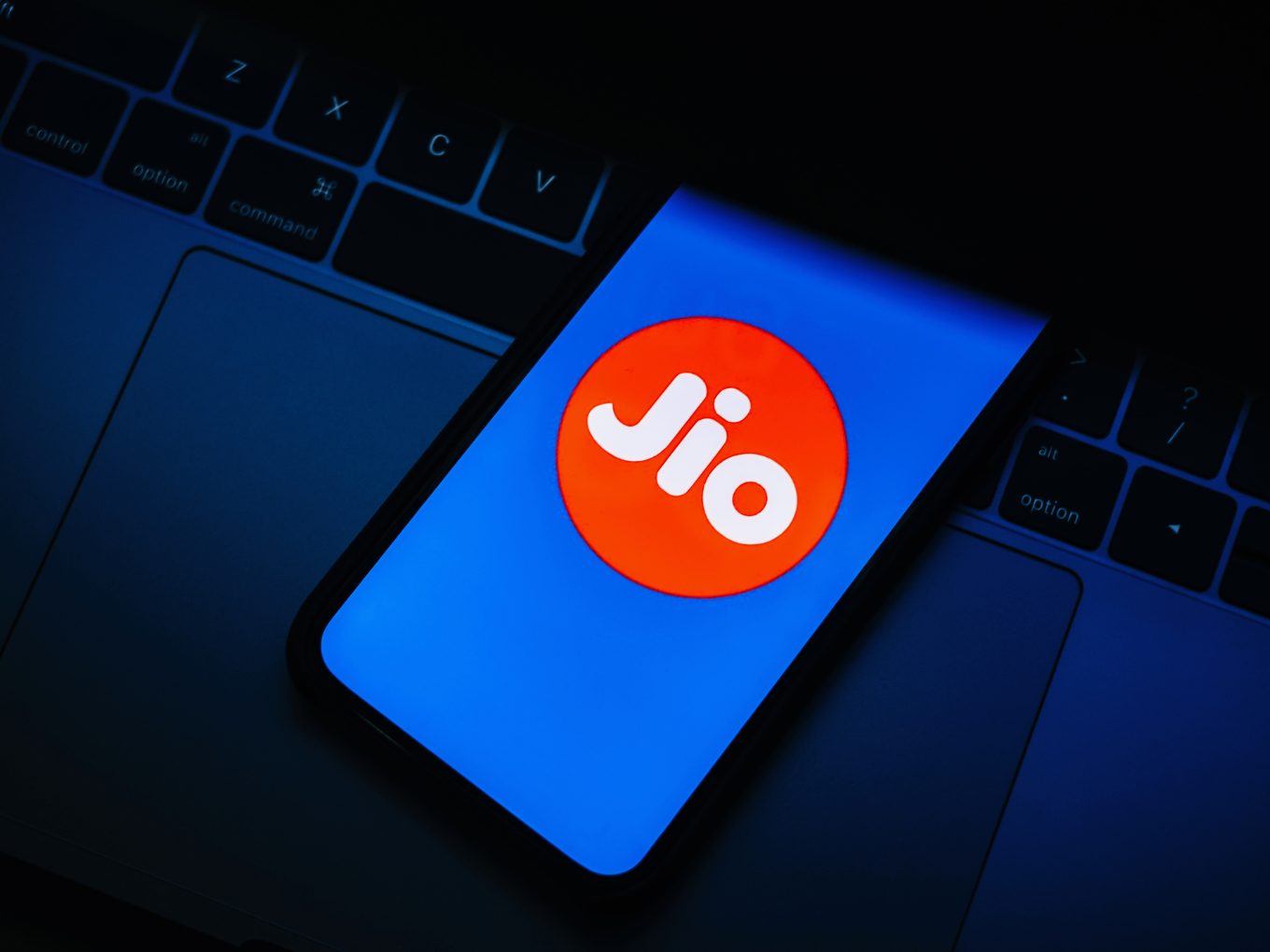
Jio’s pitch for a USO subsidy to achieve a ‘2G-Mukt Bharat’ is ambitious and has the potential to redefine India’s digital landscape. While the road ahead is challenging, the strategic redirection of subsidies could serve as a catalyst for a truly digital-first India. As with all grand visions, collaboration, effective execution, and a focus on inclusivity will be paramount.




